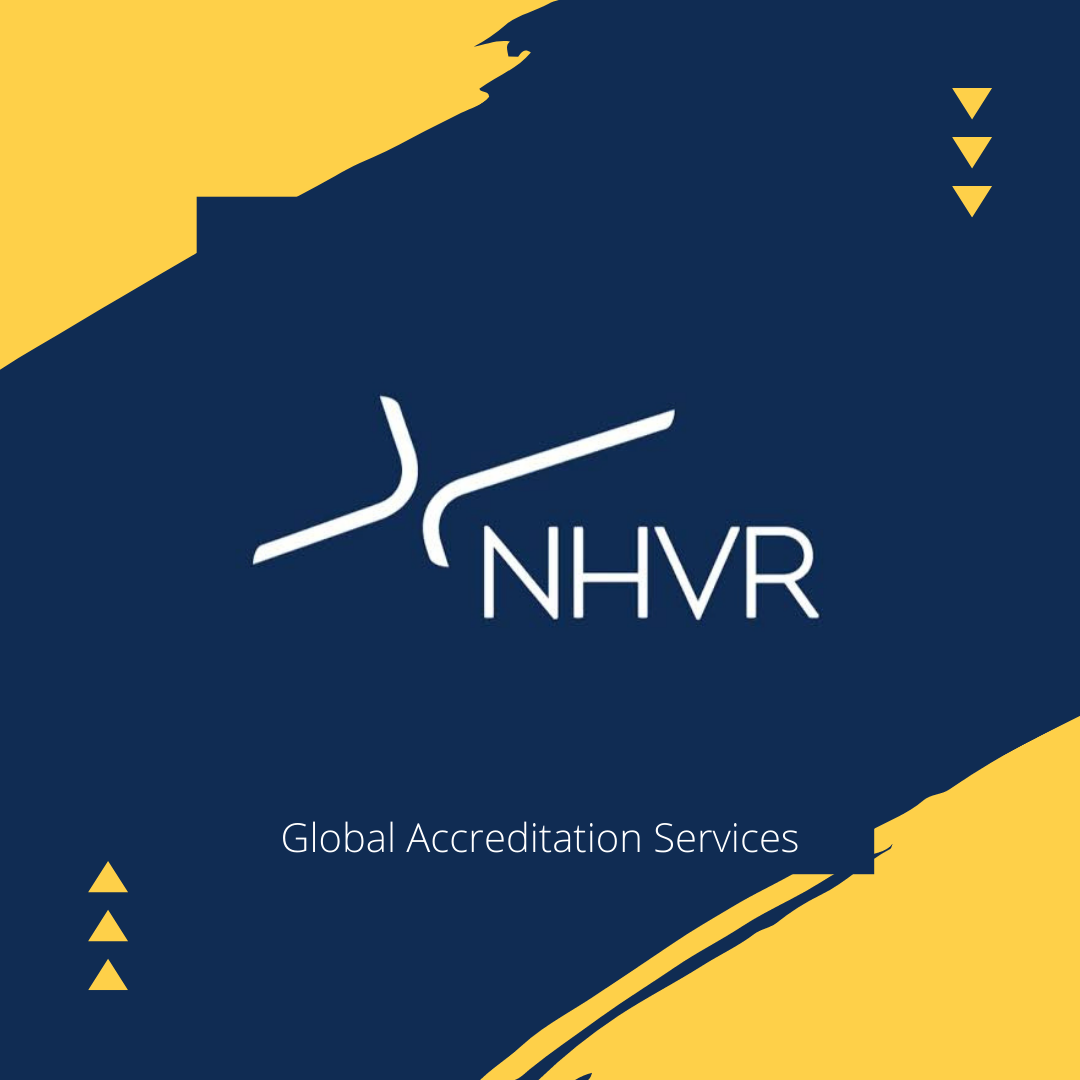The NHVR has released a Livestock Mass, Dimension and Loading Arrangements discussion paper which provides the first stage of our review of state-based heavy vehicle livestock loading arrangements.
The livestock industry is subject to a variety of national, state and territory transport and non-transport laws, including laws around fatigue, vehicle standards, vehicle speed limits and licensing, in addition to animal welfare.
It also has its own unique challenges – including vehicle mass, dimension and load limits, the movement of live animals, and vehicle safety and compliance.
The discussion paper provides an opportunity for industry, government and other interested stakeholders to provide their feedback on current livestock arrangements and what options are available for reforming livestock transport access.
Your feedback is important and will help improve safety, productivity and efficiency for the livestock transportation industry.
Click here to have your say on the NHVR’s review of livestock mass, dimension and loading arrangements.
Advice on risks of submitting false or misleading information
The NHVR has released a Regulatory Advice to assist operators to understand the information they are required to submit to officials under the Heavy Vehicle National Law (HVNL).
Under the HVNL anyone who works in the heavy vehicle industry must provide accurate and truthful information about their transport activities.
Submitting verbal or written information to the NHVR or other officials that is false or misleading – either knowingly or recklessly – is an offence and subject to prosecution.
The easy-to-follow guidelines explain the HVNL requirements and provides useful examples to illustrate, for example, what happens if a driver falsifies their work diary or provides false vehicle mass limits to a loader.
Click here to read the new regulatory advice on ‘Providing false or misleading information to the NHVR’
Or click here for more regulatory advice from the NHVR.
Joint operation to target waste load compliance
A joint South Australian operation with the Environment Protection Authority (EPA) and the NHVR was carried out educate waste transporters about the need to restrain all loads.
EPA Investigations Manager Stephen Barry said Safety and Compliance officers performed heavy vehicle on road compliance and enforcement activities expiations of $192 sent to eight operators.
“Waste escaping from trucks can cause can create a hazard for other drivers and a litter problem on public roads, and it can also end up in stormwater or waterways,” Stephen said.
NHVR Director of Southern Region Operations Paul Simionato said it was important owner-operators understood their safety and regulatory obligations when transporting waste.
“Companies have a legal duty to ensure every load is secured adequately and they provide appropriate scheduling for drivers in order to maintain safety on our roads,” he said.
> Read the full article from EPA SA here
New commitment to work together on truck safety
Industry body TruckSafe and the NHVR will work together to improve road safety for all Australian truck drivers.
NHVR CEO Sal Petroccitto said the two organisations were working together to investigate common auditing approaches to help industry and inform the development of a national auditing standard being as part of the Heavy Vehicle National Law Review.
“It is important for the NHVR and industry to collaborate on safety and productivity improvements,” Sal said.
“Together with industry, we hope to progress a safer, more productive heavy vehicle industry, while reducing the regulatory burden.”
TruckSafe Chair, Paul Fellows said it was a welcome and logical move.
“Ultimately TruckSafe and the NHVR have the same aim for a safe industry,” he said.
“We’re hoping to start with driver health because our industry’s most important asset is our drivers.”

